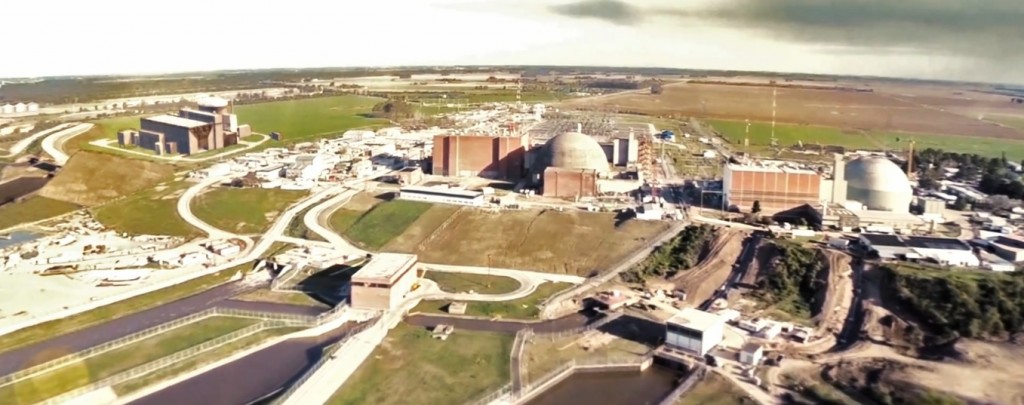Business focused approach to molten salt reactors
I've been listening to an evangelical group of molten salt reactor enthusiasts for several years. Their pitch is attractive and they often make good arguments about the value of rethinking the light water reactor technology model, but most of the participants are unrealistic about the economic, material, technical, and regulatory barriers that their concepts must overcome before they can serve market needs.




 The 227th Carnival of Nuclear Bloggers and Authors has been published at The Hiroshima Syndrome.
The 227th Carnival of Nuclear Bloggers and Authors has been published at The Hiroshima Syndrome. In January, the U.S. Environmental Protection Agency
In January, the U.S. Environmental Protection Agency